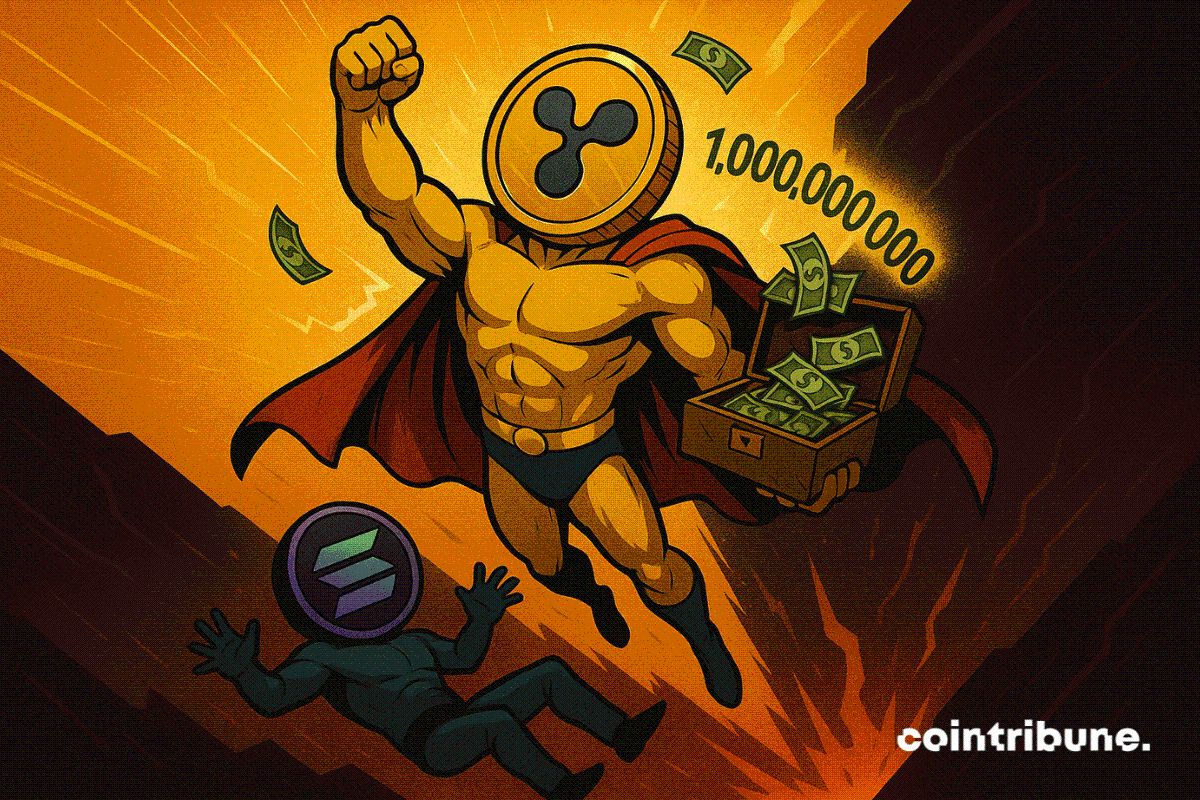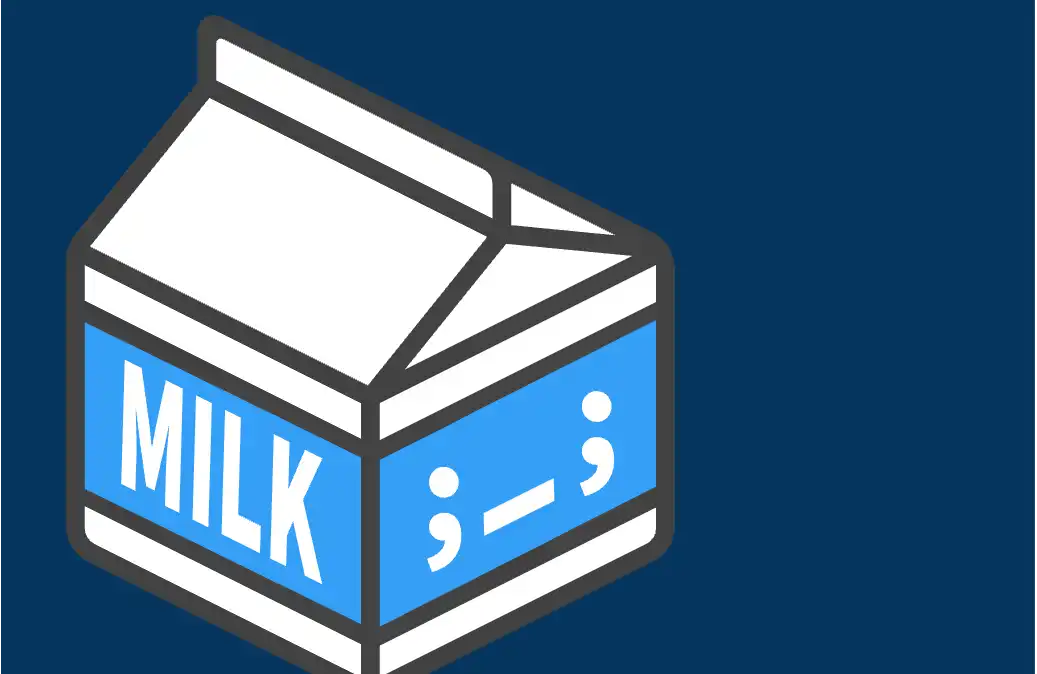News
Stay up to date on the latest crypto trends with our expert, in-depth coverage.


Is my on-chain wallet still my wallet?

Is My On-chain Wallet Still My Wallet?

Tether’s pursuit of a $500 billion valuation has sparked controversy. Its high profits rely on the interest rate environment and stablecoin demand, but it faces challenges related to regulation, competition, and sustainability. Summary generated by Mars AI. This summary is produced by the Mars AI model, and the accuracy and completeness of the generated content are still in an iterative update phase.

In Brief ODDO BHF launches Euro-pegged stablecoin EUROD on Bit2Me for broad market access. EUROD aligns with E.U.'s MiCA framework, enhancing trust with bank support. EUROD aims to fill corporate demand and diversify currency in a dollar-dominated arena.




- 05:42Machi Big Brother continues to long ETH with 220,000 USDC, currently holding 1,439 ETHForesight News reported, according to monitoring by Lookonchain, Machi Big Brother received 220,000 USDC from QCP Capital and deposited it into Hyperliquid, continuing to go long on ETH. Currently, he holds 1,439 ETH (worth approximately $5.5 million), with a liquidation price of $3,734.49.
- 05:41Printr collaborates with Mad Lads to launch a points airdropForesight News: Chain abstraction Meme coin Launchpad Printr announced that Printr is collaborating with Mad Lads to provide a points airdrop for all MadLads holders. Users can check their allocation immediately.
- 05:41Vitalik: Hopes ZK and FHE researchers provide computation efficiency ratios instead of just computation speedForesight News reported that Ethereum co-founder Vitalik Buterin stated that he hopes more researchers in zero-knowledge proofs (ZK) and fully homomorphic encryption (FHE) can provide the time ratio between encrypted computation and raw computation—that is, the ratio of encrypted computation time to raw computation time—instead of only providing the number of operations that can be executed per second (N ops). This ratio is more hardware-independent and can provide more valuable information: when using cryptographic techniques instead of trust-based approaches, how much efficiency am I sacrificing? In addition, for developers, such a ratio is easier to estimate, as developers usually already know the time required for raw computation and can directly perform multiplication. Although he acknowledged that this is difficult because the required operations are heterogeneous between execution and proof, especially in terms of SIMD/parallelization and memory access patterns, so even the ratio to some extent depends on hardware, he believes that despite these shortcomings, the overhead factor is still a valuable metric.
![[Bitpush Daily News Selection] Li Lin, Shen Bo, Xiao Feng, and Cai Wensheng plan to jointly establish a $1 billion Ethereum treasury company; Federal Reserve's Musalem: May support another rate cut, policy not predetermined; Charles Schwab: Clients' interest in its crypto products is rising, with crypto site visits up 90% year-on-year](https://img.bgstatic.com/multiLang/image/social/8adb0f5428cbad636affb1d78db93e2b1760758383908.png)